Callistefus: description and agricultural technology
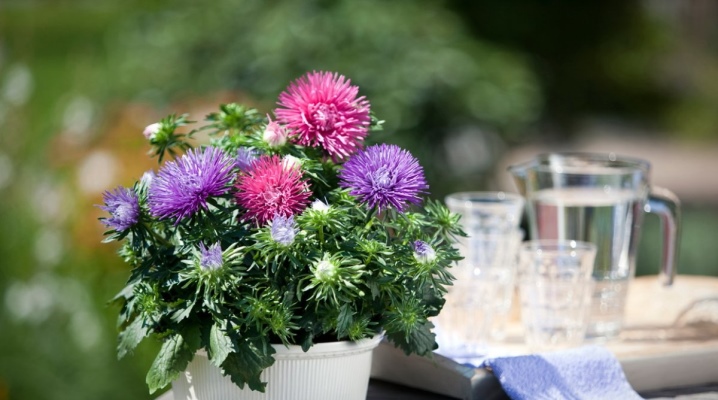
Aster is a variegated, fluffy and fragrant flower that is also characterized by unpretentiousness. Thanks to all of the above characteristics, this plant is often grown by gardeners. Callistefus is a culture of the Astrov family, which is characterized by long flowering, and hence the high demand.
Biological description
Another name for Chinese callistephus is the common garden aster. China is considered the birthplace of culture, but today it can be found everywhere. This plant can take root well in any territory and decorate with its presence a private garden or park area. The herbaceous representative of the flora looks like an erect bush and a powerful root system. Under optimal conditions, the aster is capable of reaching a height of 20 to 90 centimeters.
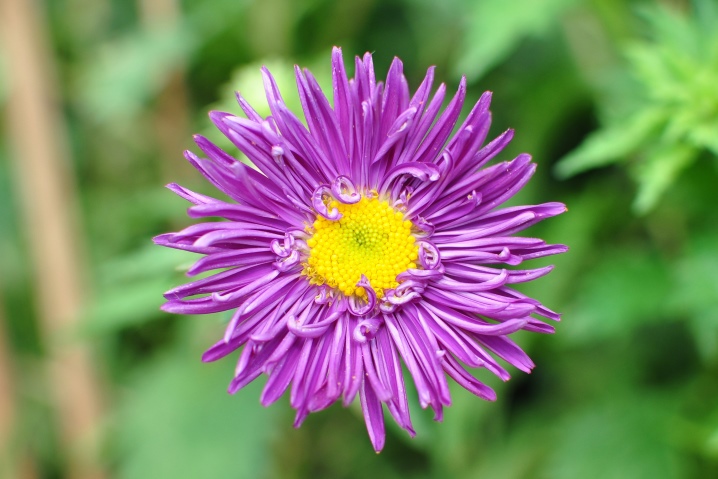
The culture has oval toothed foliage, it is located on a greenish stem. The latter can be not only simple, but also branched. The lower foliage is held by petioles, and the upper foliage is characterized by sessile nature. The inflorescence of Chinese callistephus is located at the top. It is a basket with different diameters. The largest inflorescences reach 0.16 meters in diameter.
The flowering period of the garden aster begins in July and ends in the second half of September. The flowers are characterized by a ligate and tubular shape, together they form an inflorescence in the form of a basket.
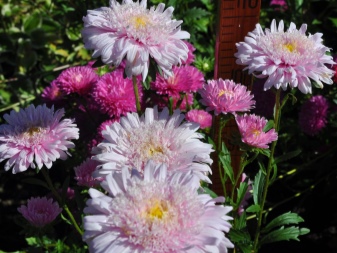
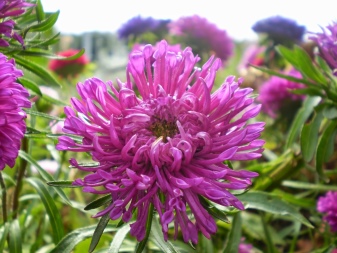
Type and varieties
Callistephus chinensis is an annual bush representative of the flora. Currently, a large number of varieties are known, the most popular are the following.
- "Lady Coral". The inflorescences of this variety of callistefus are characterized by density, doubleness, bright color and a diameter of 10-12 centimeters. The flowers of the culture bear a resemblance to roses and chrysanthemums. The height of a garden aster can be up to 0.7 meters.
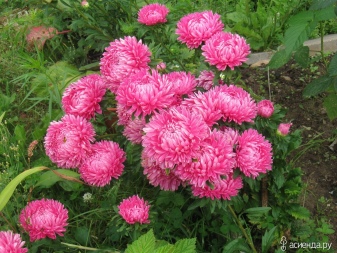
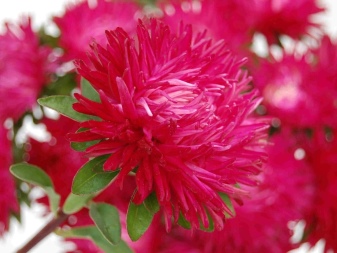
- "The Dragon". The buds of this variety of asters have an unusual shape. From the outside, the petal is rolled into a nightstand and slightly twisted, and in the middle it is bent. The combination of these characteristics gives the inflorescences claw in the form. The flower has a size of 10 centimeters. Shrub callistephus does not wither for a long time after cutting. The variety is characterized by a pyramidal shape and a height of up to 0.75 meters.
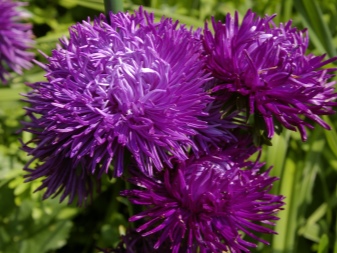
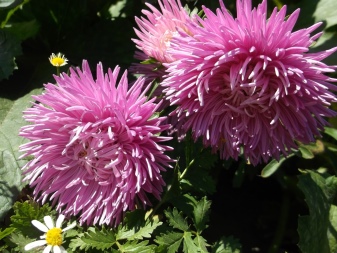
- Variety "Starfish" is a product of the work of German breeders. The culture has a two-color rather interesting color of buds. The bush reaches a height of 0.7 meters, in diameter it is no more than 0.16 meters. The external type of petals are located near the center, which closely resembles the thin legs of a spider. The inflorescence of this variety of garden aster is a spider.
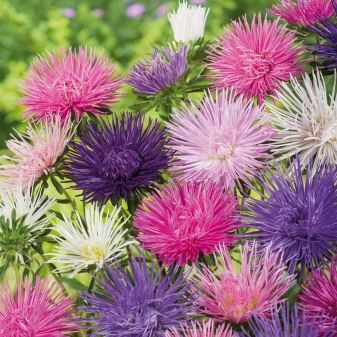
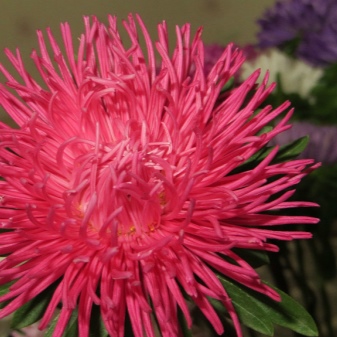
- Ribbon. The variety was bred in England, it is represented by miniature plants with a height of 0.4 meters. The petals of the culture have an unusual color, which is expressed in a combination of two colors, and the presence of a bright strip along. For "Ribbon" flowers in the form of pompons are characteristic. The bush grows wide. The plant can grow in indoor conditions, as well as in the open field. The flowering phase begins in the middle of summer, and ends with the onset of frost.
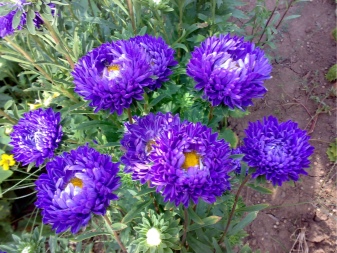
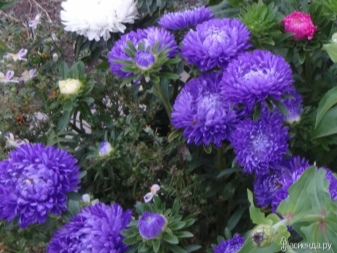
- Variety "Shanghai rose" It stands out among the rest with its large double inflorescences, in which 2 colors are expressed in color. The culture can stretch up to 0.7 meters. The sturdy shrub is capable of growing in width, while its buds can be up to 14 centimeters in diameter. The flowers have a flat-round shape and are brightly colored.Seed material for seedlings should be sown in March-April. The plant is transplanted into open ground in May. The variety is characterized by unpretentious care, as well as the absence of rapid wilting after cutting.
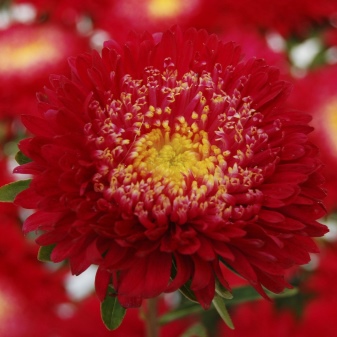
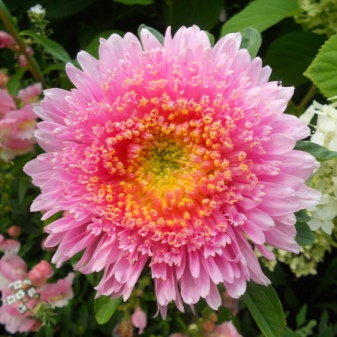
- Balun. The variety attracts attention with its pompom-shaped buds. The scented balls can be up to 13 centimeters in diameter. This aster is particularly resistant to rain. The bush has a pyramidal shape and a height of about 0.6 meters. One representative is able to form 8 peduncles. When cut, callistephus can last for 14 days.
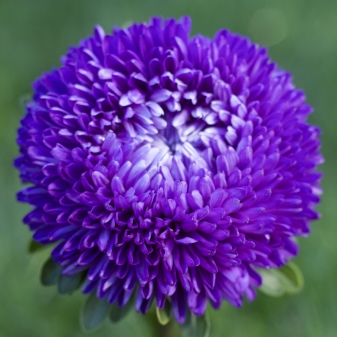
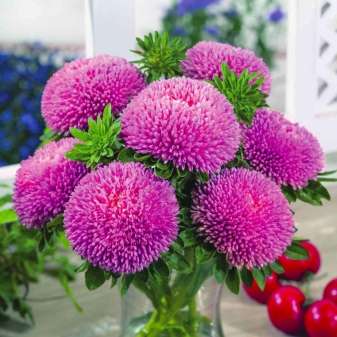
Landing rules
Garden aster can be grown in two ways, namely by cultivation from seeds and seedlings. In the first case, the seed can be planted in fresh prepared soil. Early varieties of callistephus should be sown in the first week of March, and later varieties at the end of April. Seedlings are sprouted seeds. Landing can be considered favorable if the average daily ambient temperature is not less than 10 degrees Celsius.
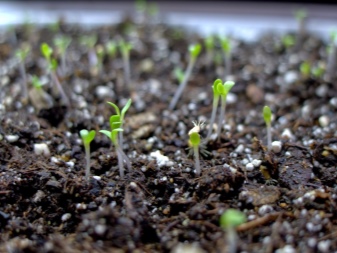
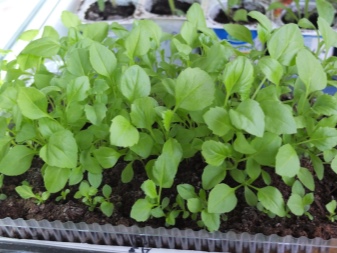
The seedling method of planting is considered more laborious, but it is more effective, since the plants are characterized by good germination. Asters planted with seeds should be thinned regularly, leaving a distance between representatives of at least 15 centimeters. Callistephus, which grew from a seed, will bloom later than the one that is planted with seedlings.
Florists should take into account that aster loves garden soil, as well as open sunny areas for growth. However, the plant can exist in partial shade.
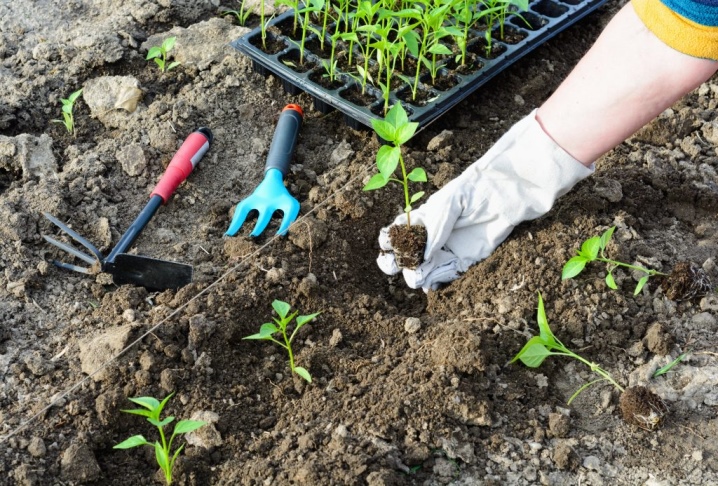
Care
Chinese callistephus won the love of gardeners due to its unpretentiousness. In order to become the owners of lush and beautiful bushes, you should perform the following care measures:
- in hot and dry weather, it is necessary to irrigate the crop abundantly and regularly;
- you need to fertilize the aster immediately after planting, during budding and when it blooms;
- fertilizer should be composed of a complex of minerals;
- bushes should be tied up in case of excessive plant height;
- eliminate weeds around the aster;
- sanitize the bush, namely, remove dry leaves and buds that have faded.
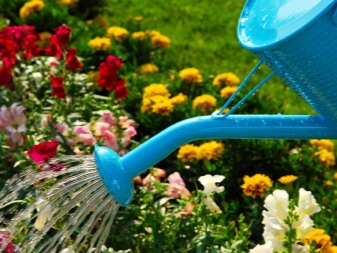
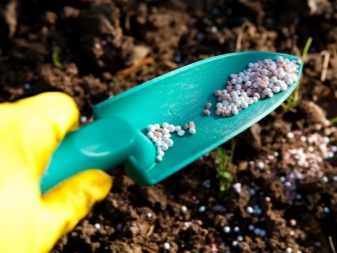
To grow a gorgeous callistefus, experienced florists recommend taking into account the following recommendations:
- place a garden aster in an open or semi-shaded area;
- provide constant access to fresh air, without which the culture does not fully develop;
- protect the plant from sudden gusts of wind that can break it;
- avoid drafts, as they can provoke flowers to fall off;
- do not overmoisten the culture and prevent stagnation of water;
- take into account that the removal of faded buds contributes to the appearance of new ones.
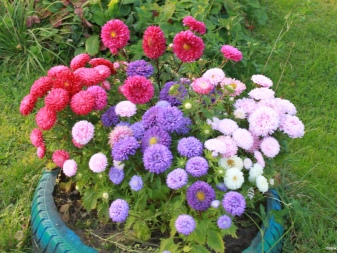
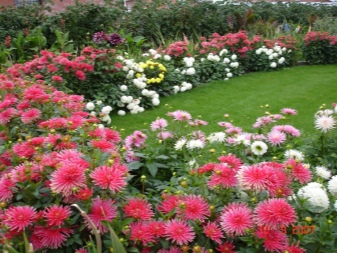
Growing Chinese callistephus on your own plot can face some difficulties. If the garden aster is characterized by weak flowering, then this indicates poor soil, lack of sunlight or excess moisture.
If a grower plants seeds in open ground later than June, then he can count on poor growth and poor flowering.
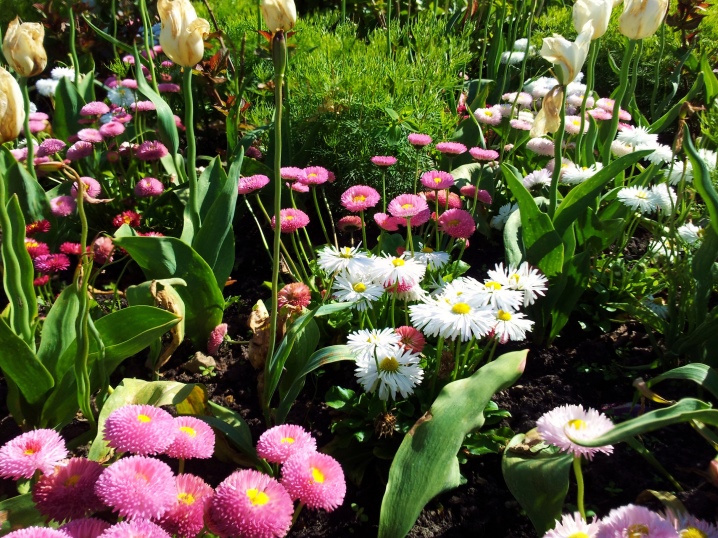
Reproduction
You can propagate garden aster only with the help of seeds. To grow a healthy plant, you should use fresh seed... Florists should remember that after 24 months, germination decreases by 2 times.
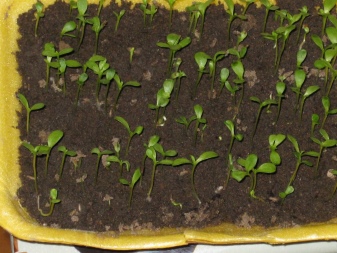
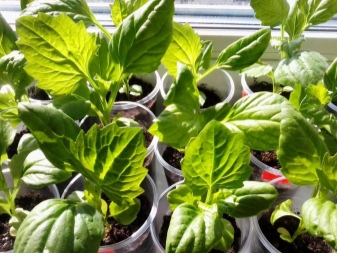
Diseases and pests
The most common ailments of callistephus include incurable fusarium. Its manifestation can be seen during the formation of buds, as well as during flowering. The disease is accompanied by the fact that the leaves on the culture curl and turn yellow. In order to prevent the spread of the disease, it is worth removing and destroying the affected parts of the culture.
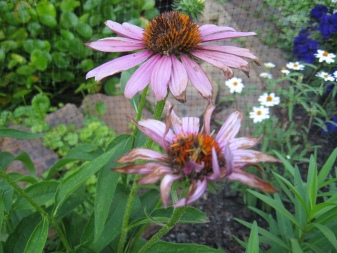
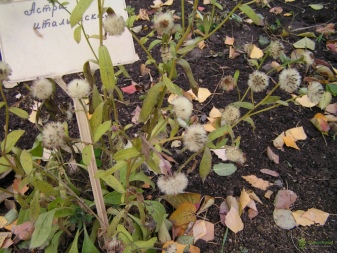
As a preventive measure, the following recommendations can be followed:
- do not plant asters in the same area, the break must be at least 5 years;
- treat the seed with antifungal drugs;
- do not use manure, compost during the preparation of the hole for planting callistephus;
- it is better to add humus to the planting hole;
- do not plant representatives of this species too close, as this will interfere with ventilation;
- spray the plant with a substance, the constituent parts of which are boric acid, copper, ammonium molybdenum, colbate, magnesium.
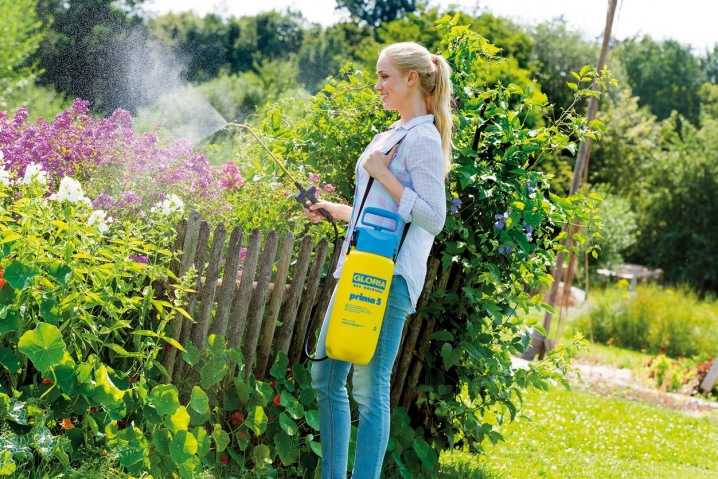
When a crop is at the seedling stage and has about 4 leaves, it can suffer from the attack of a kidney aphid. This parasite eats the foliage, which then curls up. In order to eliminate the pest, it is worthwhile to carry out spraying with chlorophos, karbofos, kolbat, magnesium. Sometimes the garden aster is attacked by slugs and tobacco thrips.
There are cases when Chinese callistephus suffers from brown rot... In this case, rusty spots appear on the foliage and the stem rots.
The culture can also suffer from attacks by aphids, onion bugs and spider mites.
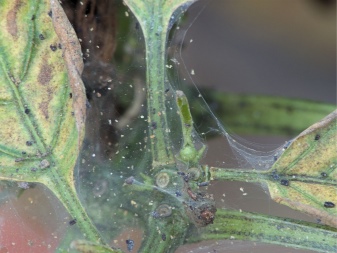
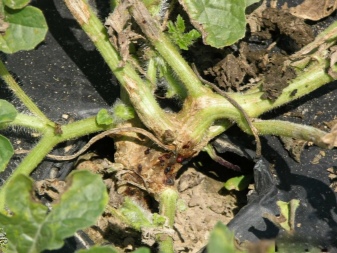
Garden aster, or Chinese callistefus, refers to highly decorative garden plants that have a lush, large inflorescence. The culture is often used in landscaping. The plant looks great on a flower bed, rock garden, border.
See below for more details.




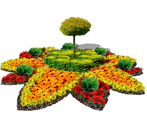
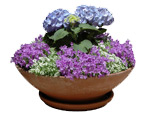
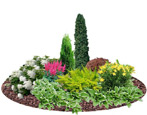
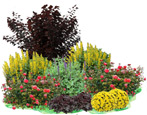


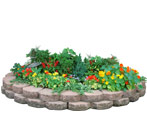
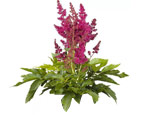

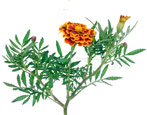
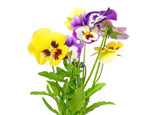

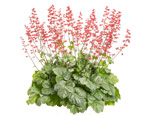

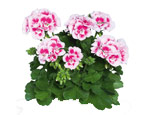
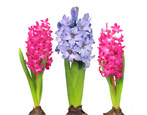
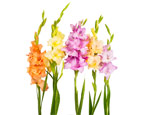

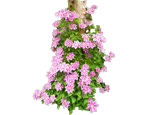
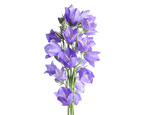
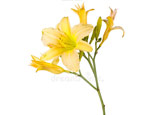
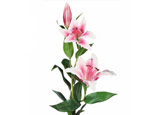
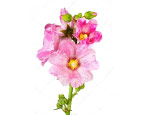
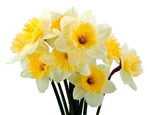
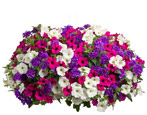
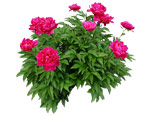
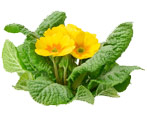
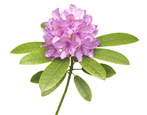

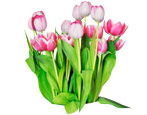
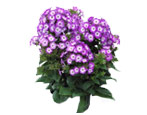
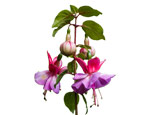
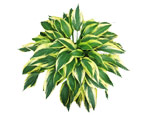
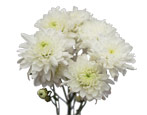
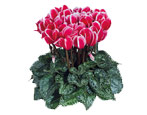
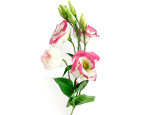
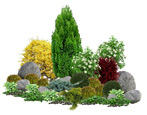
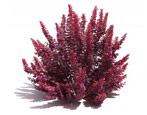
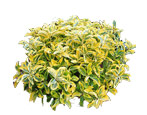
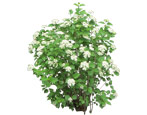
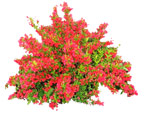
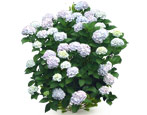
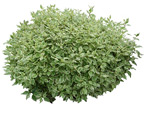

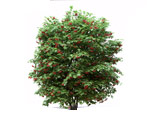
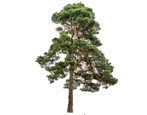
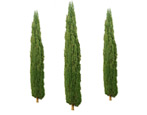
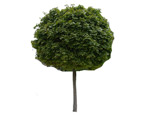
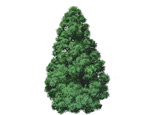
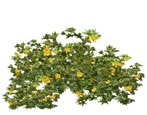
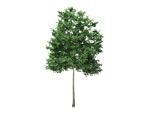
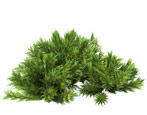
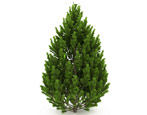
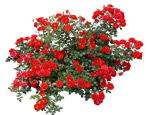
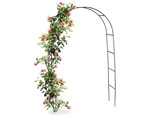
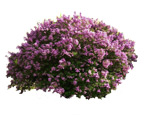
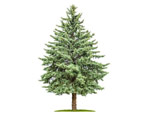
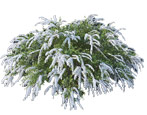
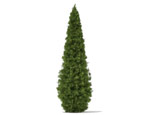
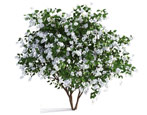

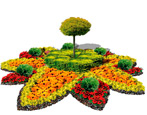

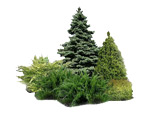


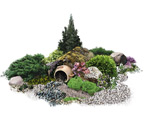
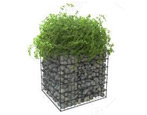
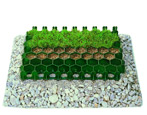




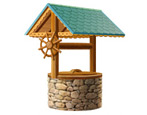
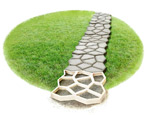
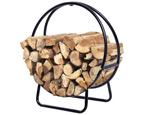
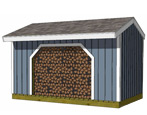
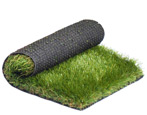
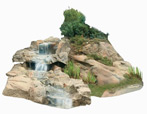


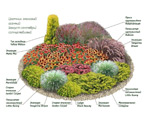


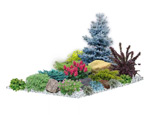
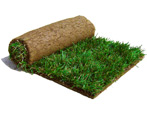

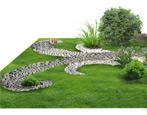
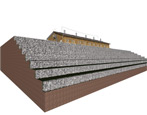










The comment was sent successfully.